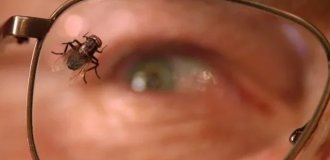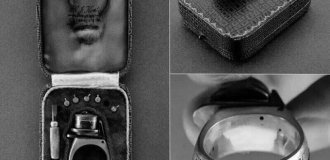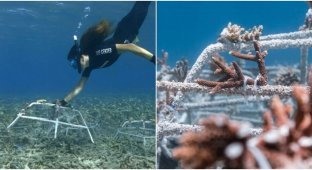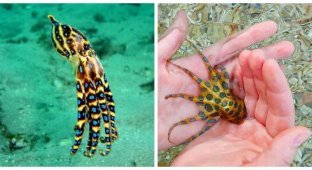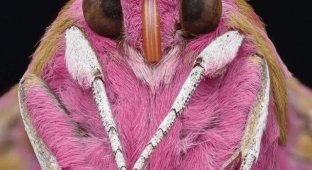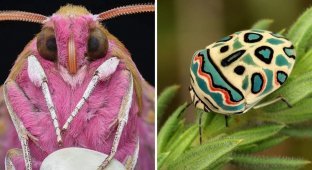3 mysterious sea creatures that you will definitely want to know more about (12 photos + 3 videos)
The oceans are full of amazing creatures that seem to have come straight out of a science fiction movie. 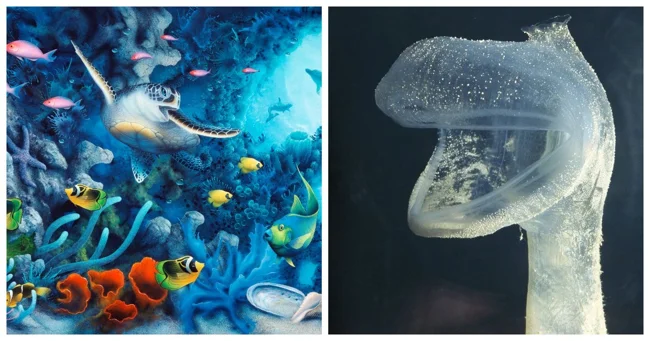
They are all unique and play their role in the ecosystem. These three inhabitants of the underwater depths simultaneously cause awe and admiration. And behind their interesting appearance lies a solid potential for such small creatures.
1. Crown of Thorns – a beautiful ocean predator 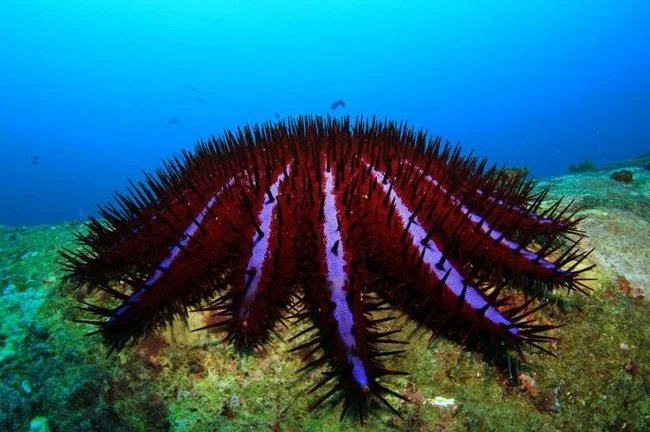
This starfish looks like an underwater jewelry masterpiece created by the hands of a brilliant craftsman. But do not rush to admire this wonderful creature - it is a real terminator of coral reefs. Crown of Thorns, or Acanthaster planci, is one of the most dangerous predators of the tropical seas. Its sharp needles, covered in poison, can cause severe pain and even nausea in humans. But the main threat is its appetite. 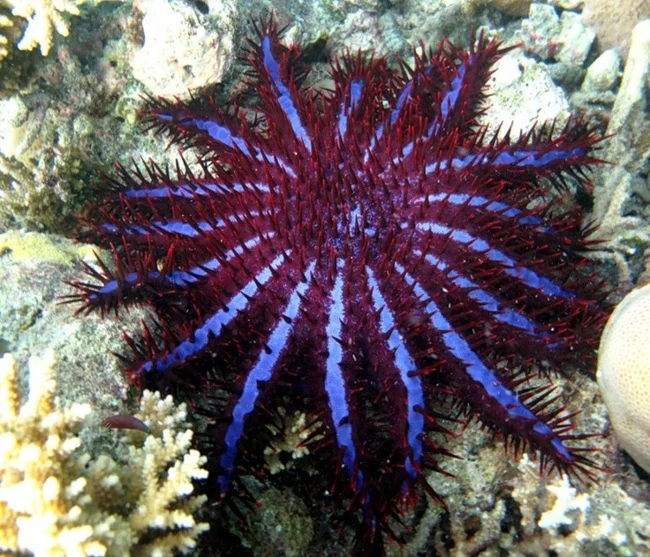
This prickly gourmet loves corals, or rather, their soft tissues. In a day, it can destroy a reef area the size of a palm. And when there are too many of these stars, they turn into a real scourge for the ecosystem, leaving behind underwater deserts. The stars move slowly, but they eat with appetite, secreting special digestive enzymes and turning the corals beneath them into nutritious slurry. 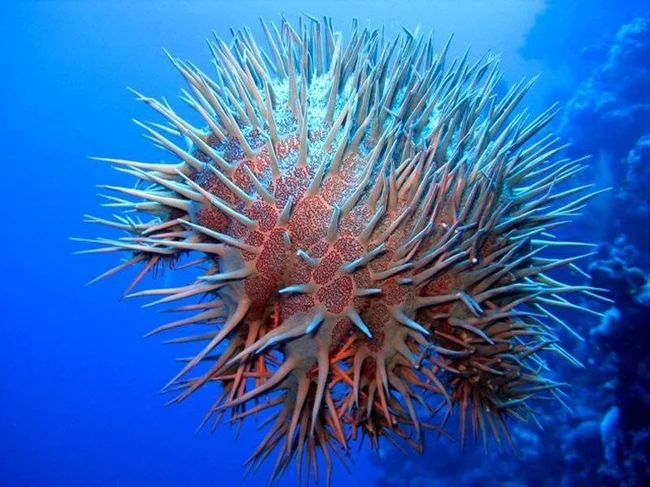
Spikes in the crown of thorns, aptly nicknamed mother-in-law's pillow due to its thorny appearance, signal an imbalance in the ocean. Scientists believe that their proliferation is facilitated by water pollution and climate change. To protect coral reefs, people sometimes manually collect these bad guys using gloves and special tools. 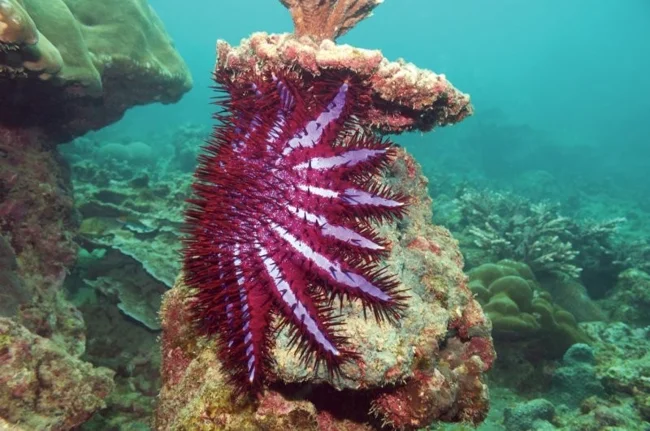
But despite its reputation, the crown of thorns is an important part of the ecosystem. In normal quantities, it helps regulate the growth of corals, maintaining balance in the underwater world.
2. Arctic gorgoncephalian - guardian of the icy depths 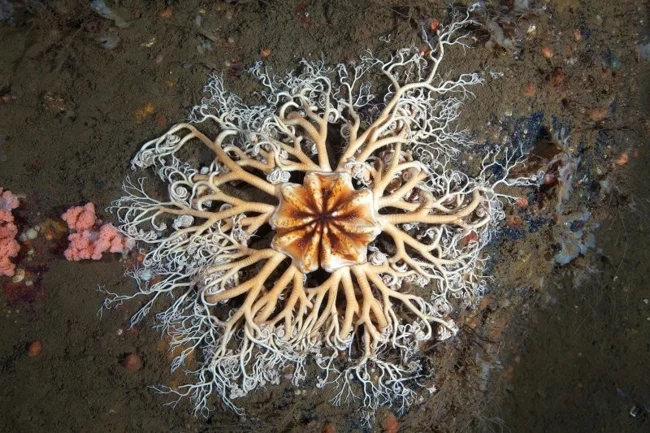
This inhabitant of Arctic waters looks like it came from a horror movie... or a surrealist painting. Its name translates as "head of the Gorgon", and this is no coincidence: the tentacles resemble the snake hair of the mythical Medusa. But the monster is completely harmless to humans. On the contrary, it plays an important role in the ecosystem of cold seas. 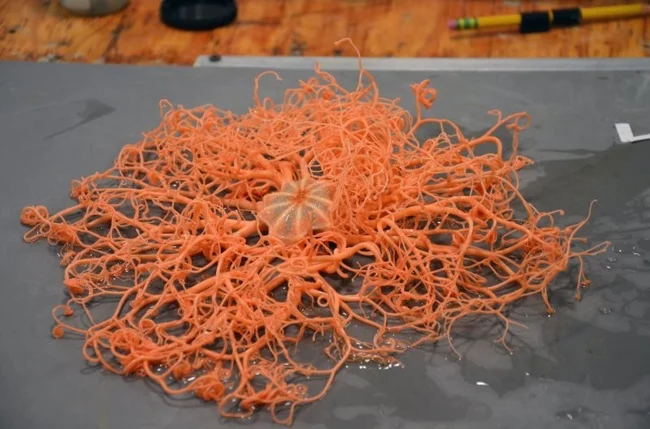
The Arctic gorgon (Gorgonocephalus arcticus) is a real fisherman. It spreads its tentacles like a net and waits for plankton or small crustaceans to get caught in them. As soon as the prey is trapped, the tentacles curl up, pulling it into its mouth. It sounds creepy, but this is an amazingly beautiful and even mesmerizing process if you watch it in slow motion. 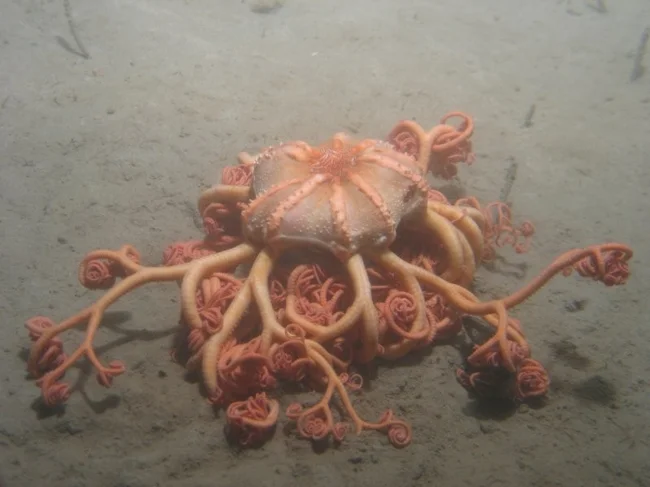
This echinoderm lives in the cold waters of the Arctic. It prefers rocky areas at depths of up to 1000 meters, where its "mane" is perfectly camouflaged among algae and rocks. 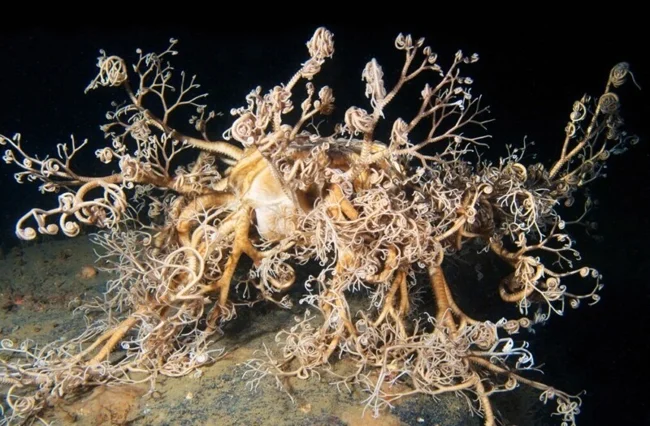
Despite its creepy appearance, the Arctic gorgoncephalian is an important filter feeder. It helps cleanse the water of excess particles, maintaining the balance of the ecosystem. And it's also a reminder that even the most bizarre creatures have their place in nature.
3. Predatory tunicate - an underwater predator in a mask
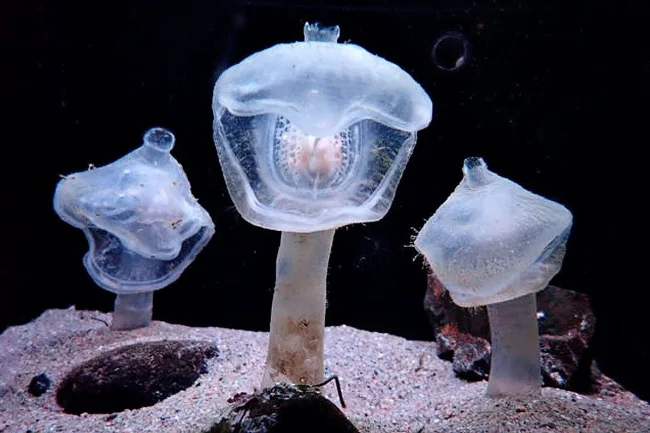
At first glance, this inhabitant of the deep seems harmless and even a little funny. But do not trust its modest appearance: the predatory tunicate (Megalodicopia hians) is a real predator. This tunicate looks like a small bag, but its lifestyle and hunting skills make it one of the most interesting creatures of the ocean.
Unlike its peaceful cousins, which filter the water in search of plankton, this tunicate prefers a more active strategy. It uses its sucker-like tentacles to catch prey - usually small crustaceans or other invertebrates. When there is nothing interesting nearby, it waits patiently, attached to a rock, like a little spy.
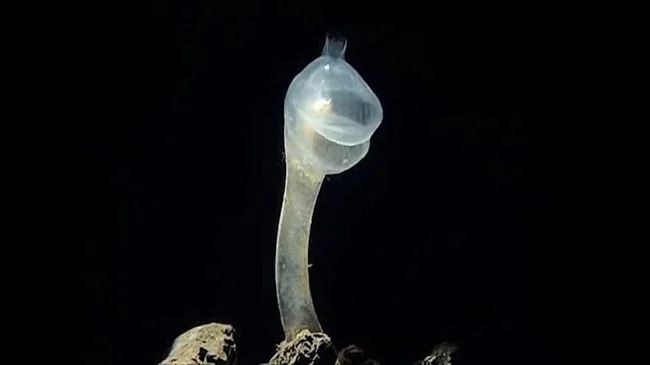
This mysterious predator lives at great depths, often in dark and cold ocean waters. It is difficult to notice, because it is perfectly camouflaged among rocks and corals. That is why little is known about it.
The name "tunicate" is due to the fact that their bodies are surrounded by a special cape - a protective shell that helps them maintain their shape. But despite its primitive appearance, Megalodicopia hians is a miniature masked predator that plays an important role in the deep-sea ecosystem.
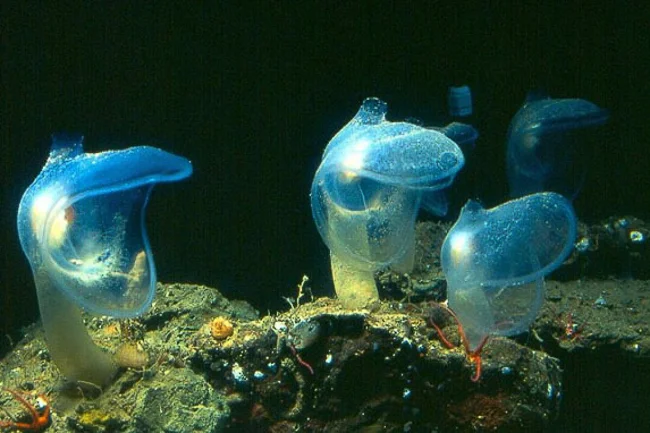
These small creatures, which, by the way, are distantly related to humans due to the presence of a notochord and a brain, maintain balance by regulating the number of small organisms.
These wonderful creatures once again prove to us that the ocean is full of mysteries and surprises!
